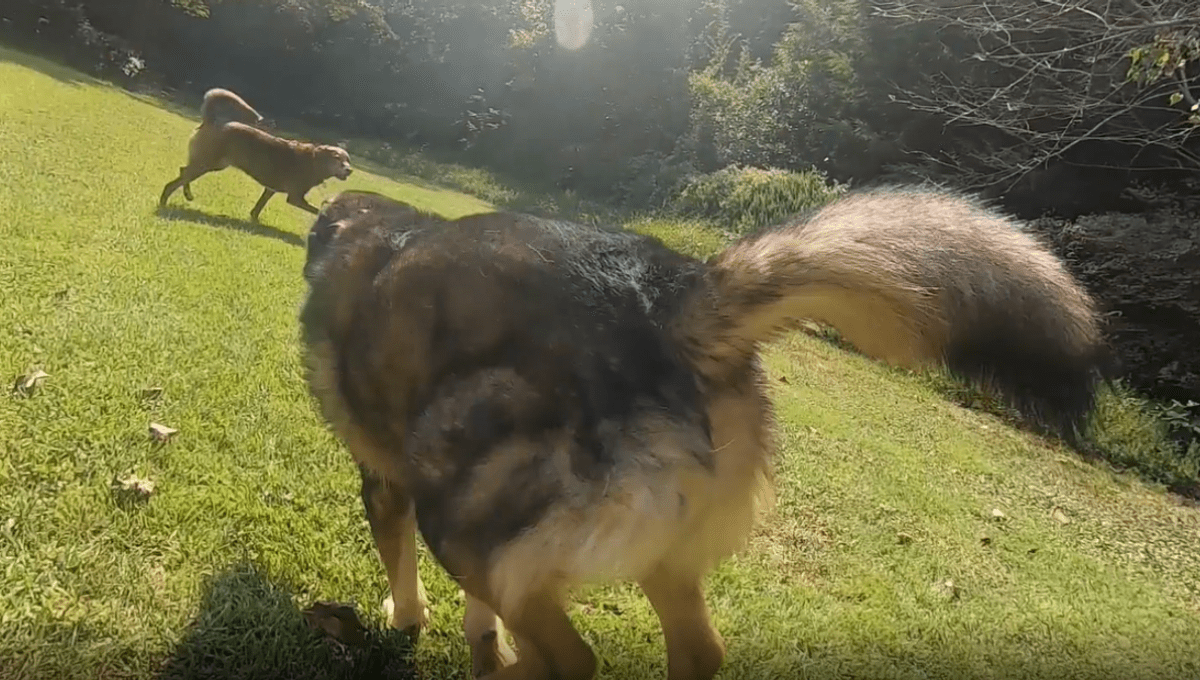
New research coming to a dog cinema near you showed a bunch of canines videos while they hung out in an MRI to see how their visual processing works. The results revealed intriguing insights into the differences between the ways that dogs and humans view the world, and there’s more to it than a positive outlook (find you a partner that looks at you the way a dog looks at fox poop).
The goodest boy of studies (titled Through a Dog’s Eyes: fMRI Decoding of Naturalistic Videos from the Dog Cortex) used machine learning and functional magnetic resonance imaging (fMRI) to get a look at what was going on in the heads of dogs watching dogs do what dogs do. They also hooked up some humans for the treatment so that the results could be compared.
“Recent advancements using machine learning and functional magnetic resonance imaging (fMRI) to decode visual stimuli from the human and nonhuman cortex have resulted in new insights into the nature of perception,” explained the study authors.
“However, this approach has yet to be applied substantially to animals other than primates, raising questions about the nature of such representations across the animal kingdom.”
A neural net was trained to classify the doggo home movies from 90 minutes of brain activity data, to see how the visual processing changed when watching videos with object-based classifiers including people, animals, and cars, and action-based classifiers like eating, sniffing, talking (y’know, just dog things).
It showed that dogs’ vision prioritizes action-based classifiers, while humans were more focused on objects. The results indicate that the world through a dog’s-eye view is one centered around movements, while we human folk like to look at things.
Dogs’ vision also differs from our own in the colors that they see, as explained in the video below, not associated with this research.
As well as revealing intriguing insights into the differences between dogs and human vision, the study is the first to demonstrate the use of machine learning in qualifying brain activity in non-primates. While the small sample size is a limitation (Bhubo, a 4-year-old male Boxer-mix, and Daisy, an 11-year-old female Boston terrier-mix) it represents an intriguing new approach to animal research.
“While our work is based on just two dogs it offers proof of concept that these methods work on canines,” neuroscientist and first author Erin Phillips, who was at Emory University at the time of publication, said.
“I hope this paper helps pave the way for other researchers to apply these methods on dogs, as well as on other species, so we can get more data and bigger insights into how the minds of different animals work.”
This study was published in the journal JOVE.
Source Link: Seeing The World Through A Dog's Eyes Reveals Interesting Difference To Human Vision